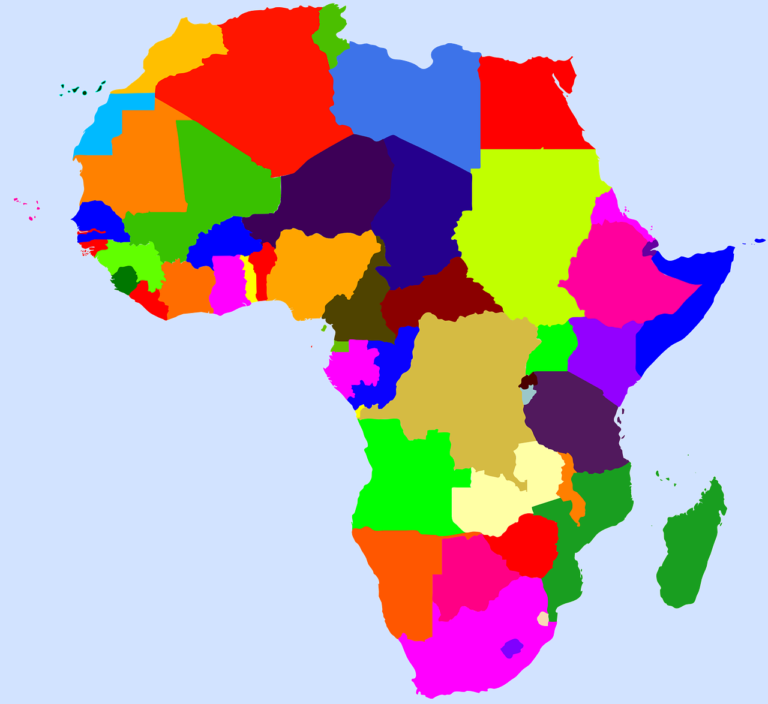Diabetes, a real health concern in Burkina Faso

Like many countries in sub-Saharan Africa, Burkina Faso battles with considerable health challenges. The main diseases affecting the Burkinabè population are: malaria, leprosis, onchocerciasis, the dengue, HIV/AIDS, diabetes, COVID-19, and many others. These illnesses apart from COVID-19 are generally called maladies tropicales negligées, neglected tropical diseases. This reflection focuses on the case of diabetes and how it affects the Burkinabè population.
Diabetes and its ravages
Diabetes was not well known among the population of Burkina Faso, some years ago. But the current tableau of health places that disease quite high among the country’s health challenges. The increasing number of patients raises concern, especially in view of the World Health Organization (WHO) projection which shows that by the year 2025, 75 per cent of the world diabetics will be in developing countries. Diabetes causes metabolic complications as well as cardiovascular effects. Glycated haemoglobin (A1C) is one of the ways in which diabetes can be diagnosed. It is a test which does not require fasting; it indicates average blood sugar level for the preceding two to three months. It measures the percentage of blood sugar attached to hemoglobin, the oxygen-carrying protein in red blood cells. The higher the blood sugar levels, the more hemoglobin with sugar attached is found. An A1C level of 6.5 per cent or higher on two separate tests indicates diabetes. An A1C between 5.7 and 6.4 per cent indicates prediabetes while below 5.7 is considered normal.
Diabetes is therefore almost synonymous with hyperglycemia or high blood sugar level and it causes the following warning signs, among others: heavy thirst. blurry vision, frequent urination, more hunger, numb or tingling feet, fatigue, sugar in urine and weight loss.
Diabetes Types 1 and 2
With Type 1 diabetes, the body attacks the cells in the pancreas which then becomes incapable of producing insulin. The causes of type 1 diabetes are currently unknown, and its symptoms appear more quickly. It is managed by taking insulin to control blood sugar and there is currently no cure for type 1 diabetes, however, research is ongoing.
In the case of type 2 diabetes, the body is unable to make enough insulin or the insulin produced does not work properly. It is often mentioned that some factors can put one at risk of having type 2 diabetes like weight and ethnicity. Type 2 symptoms can be easier to miss because they appear more slowly. It can also be managed by medication, exercise and diet and people with type 2 can also be prescribed insulin. Finally, type 2 cannot be cured but there is evidence that shows it can be put into remission. In general, severe diabetes causes amputation of limbs and it can also lead to kidney failure.
Diabetes tableau in Burkina
The severe nature of diabetes had not been mentioned or noticed for a long time, due to lack of reliable data. A study conducted in Ouagadougou from 1 May to 31 May 2010 involving 1,532 persons (852 men and 680 women) between ages 25 and 64 years revealed that 130 persons (8.5%) had hyperglycemia. Women’s hyperglycemia was more pronounced than that of men, 10.4 per cent as against 6.9 per cent. The same study also shows that aging raises hyperglycemia. It was found that higher socio-economic status is likely to cause hyperglycemia. Additionally, higher blood sugar level was found among obese or overweight persons unlike people with normal weight, or slim persons. 96.3 per cent of the Burkinabè population had heard of diabetes, and most of these subjects were educated men. Only 287 persons, 19.7 per cent, of the participants in the study knew that diabetes caused cardiovascular complications. One of the findings was that there is more awareness of the disease in urban areas.
Diabetes is generally called ‘sugar disease’ in local languages. There is little knowledge about the disease. It is considered a separate and isolated illness in itself by most people, and the connection between diabetes and cardiovascular diseases is practically unknown. We can confidently say that it is unfortunate to notice that diabetes which potentially causes many fatal ailments is not so known in Burkina Faso, despite the increasing number of people who suffer from it. Age and the education level do not play any significant role in this lack of awareness. The best way out seems to be a stress on sensitization as well as working towards the acquisition of equipment that can help keep patients alive through dialyze. This last suggestion comes with more difficulties since Burkina, like many sub-Saharan African countries, has a fragile economy which cannot afford such machines.
Life style is certainly the surest way to avoid diabetes. Healthy diet recommended by nutritionists, physical activity or exercise and regular checkups help keep the ‘sugar disease’ away. Ignorance, lack of adequate information and the so-called modern, unhealthy, eating habits are the major challenges that need to be confronted.
Moussa Traoré is a Senior Lecturer at the Department of English of the University of Cape Coast, Ghana.






